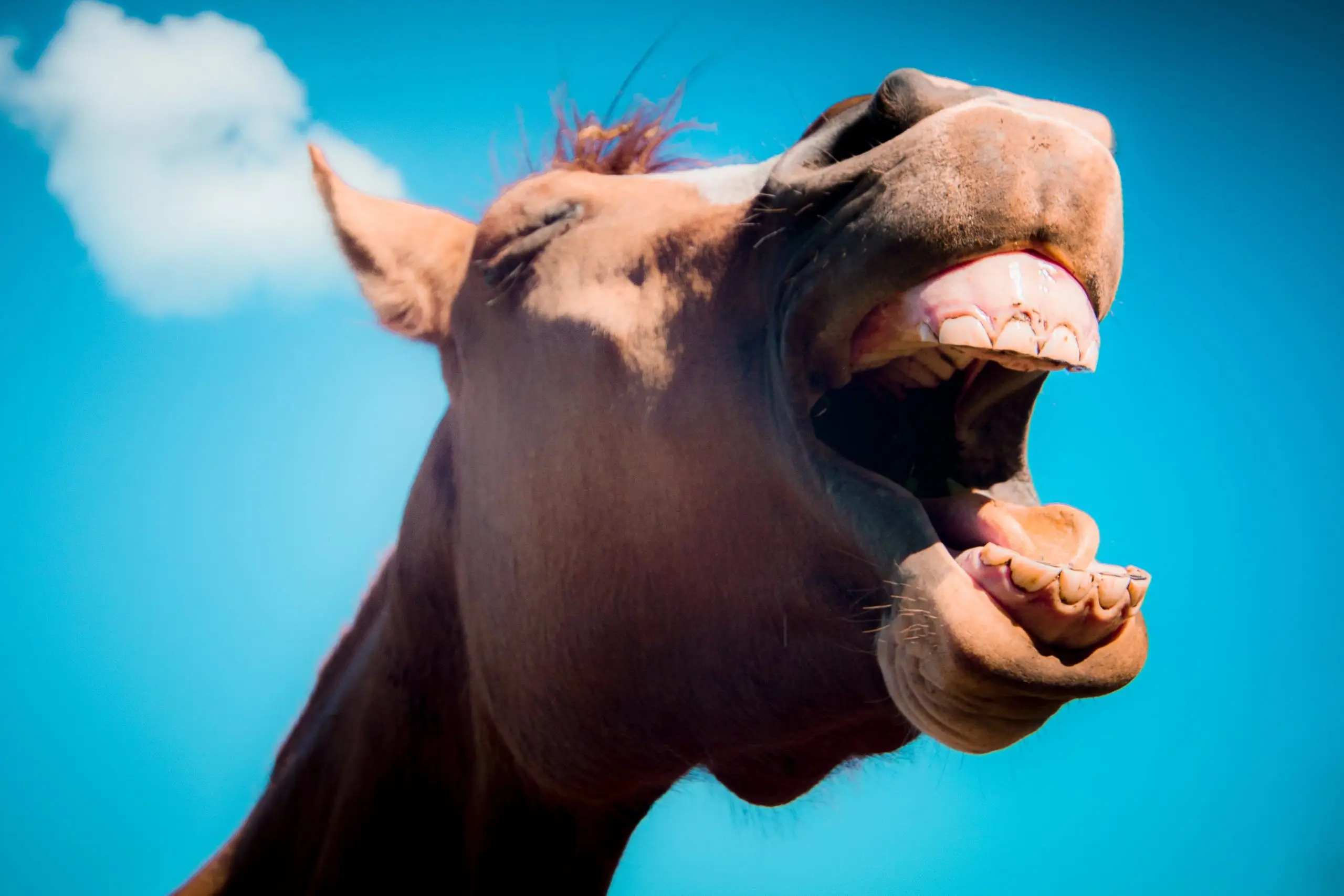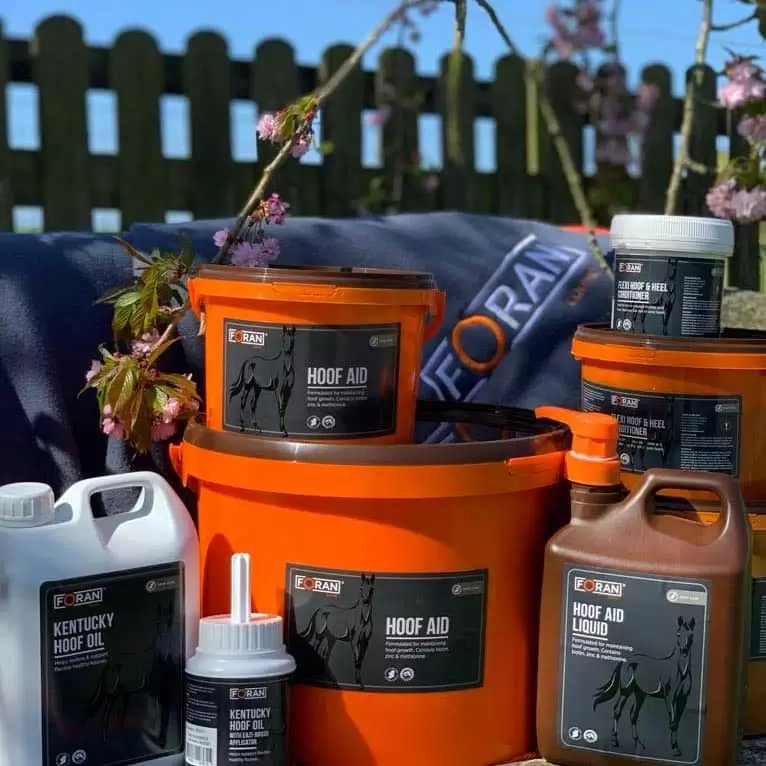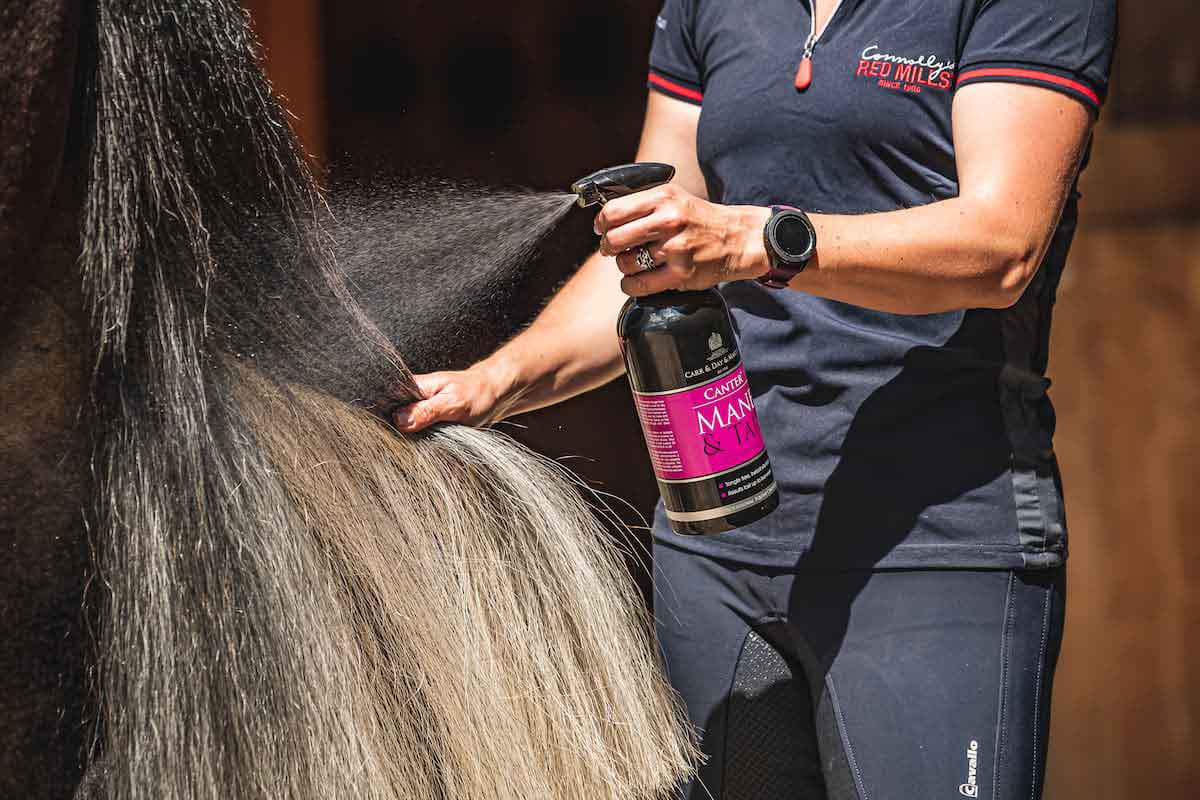January is the month for making goals and resolutions for the New Year. Here are some top tips for resolutions for your feed and tack rooms to keep your feed and your horses in great shape for the year ahead.
Write it down
New Year’s resolutions are a perfect excuse to create a list. And all list lovers need a whiteboard, and several coloured markers! A clear list showing what each horse gets at each feed time will prevent mistakes particularly in busy yards but are also useful in small yards for those days you need to delegate.
Keep it right
Correct storage of feeds will be a big benefit in the long term. Keep feed bags dry, store off the ground and away from walls, particularly external walls that may become damp. Try to have a dedicated feed room or area. It’s always best if the feed room can be closed, this will prevent dogs urinating on bags and escaped Houdini type ponies gorging on the entire contents of the feed room.
Managing rodents is always a challenge, particularly where large amounts of feed are kept. Storing feed in rodent-proof containers, specialised feed bins, repurposed feed bins, freezers etc will help keep the little furry creatures away. Use all the feed in a bin and clean it out before adding another bag. This prevents a build-up of old feed at the bottom of the bin that may become stale and mouldy. Clean, wash and dry the bins properly on a regular basis. Storing the feed in the bag in the bin is best but is not practical in large yards where it is much easier to pour several bags into bigger bins.
Wash and dry
Mould is not your friend and can lead to all sorts of problems in horses, affecting the respiratory system, fertility, skin and in the case of feeds palatability, and nutrient content. Keep bags of feed stored away from walls that may be damp. Wash feed scoops, buckets and bowls as regularly as possible. Prepare any beet pulp type feeds or mashes in small daily quantities, and wash the buckets used for beet pulp every day. Pay particular attention too to any buckets and scoops used for oils or other liquid supplements. Having everything as clean and dry as possible will help keep the moulds at bay.
Be careful with medications
Most horses need to be on some kind of medication at some stage in their lives. If at all possible do not give oral (by mouth) medications in their feed. Horses have very discerning taste and may not eat feed with medicines mixed in, meaning that the horse does not get the full dose or eat their feed.
Another problem with medicines in feeds is contamination, in racing and completion yards horses may be dope tested. Even tiny traces of some medicines may get stuck to the bottom of a bucket used to feed another, competing horse and this may be detected at testing. Try to give oral medicines in a syringe into the mouth. For horses that resent this use a small amount of feed in a dedicated bucket, tasty bribes and treats may improve your success rate!
Weigh everything
How many people have added some kind of personal diet to their resolution list? The key to most diets is to know how much you are eating. The same applies to horses. While they are not all on a weight loss plan it is very important to know what each horse is eating. So abduct the kitchen weigh scales and weigh what’s in your feed scoop. It doesn’t matter what your scoop looks like, or what purpose it served in a previous life (…you know who you are saucepan users!), it is important to know how much feed is in it. In particular be aware that mixes and cubes will weigh differently.
Care for your tack
Winter temperatures and muddy conditions can take a toll on your tack if it’s not cared for properly. The tack room should be dry and a consistent room temperature with good ventilation is ideal. High temperatures will cause protective oils and moisture to be drawn out of the leather. It is also important to protect leather from direct sunlight and fluorescent light, as this can cause premature ageing and fading. Tack should ideally be stored off the ground, and saddles should be placed on saddle racks to preserve their shape. Using a breathable saddle cover protects it from dust, debris and accidental scratches.
When it comes to keeping your tack in good condition make sure to wipe it down after every use with Belvoir Tack Cleaning Wipes; this will remove grease and dirt quickly and easily, without “over-wetting” the leather or damaging the stitching. You should also thoroughly clean your tack at least every five times it is used Belvoir Tack Cleaner and a conditioner such as Belvoir Tack Conditioner. For more information on caring for your tack take a look here.
If you have a question about any of the above, please contact a member of our nutritional team.








